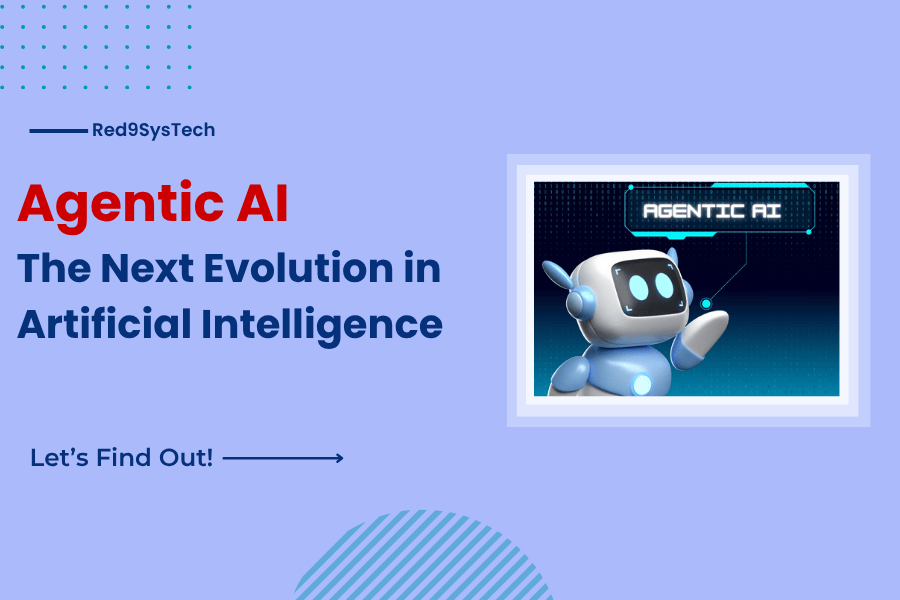Cloud Computing Trends in 2025: AWS vs Azure vs Google Cloud
Cloud computing is no longer just a buzzword—it’s the backbone of modern IT infrastructure. In 2025, enterprises, startups, and developers rely more than ever on cloud platforms for scalability, flexibility, and innovation.
But as the cloud race intensifies, the big question remains: Which cloud provider is leading—AWS, Azure, or Google Cloud?
Let’s explore the top trends of 2025 and compare the big three cloud giants.
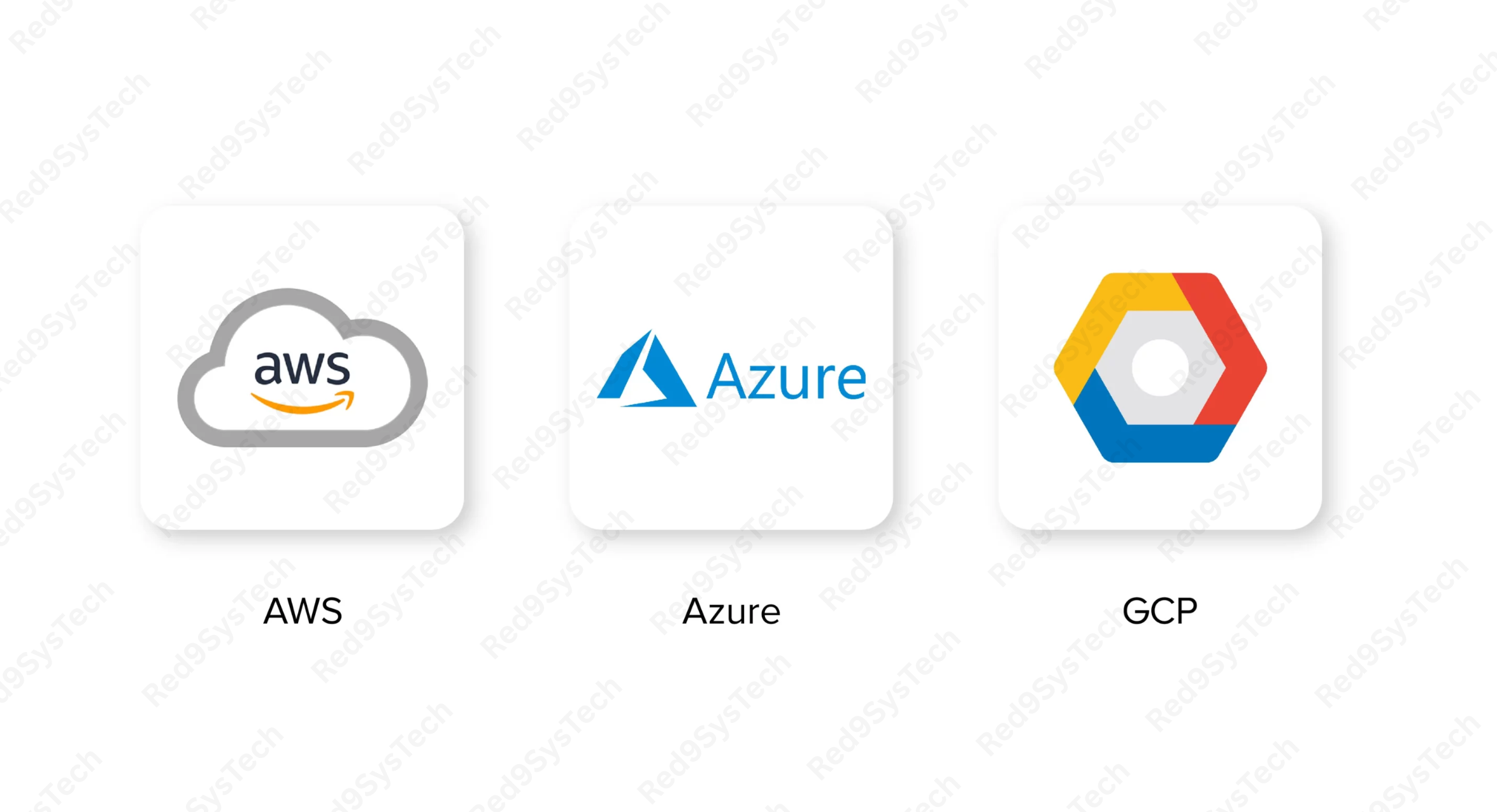
Key Cloud Computing Trends in 2025
1. Multi-Cloud & Hybrid Cloud Adoption
Organizations are increasingly using multi-cloud strategies to avoid vendor lock-in and improve reliability. Tools like Anthos (Google Cloud), Azure Arc, and AWS Outposts are driving hybrid innovations.
2. AI & ML Services Integration
Cloud providers are embedding AI across services. From Amazon SageMaker, Azure Machine Learning, to Google Vertex AI, machine learning is now a cloud-native capability.
3. Sustainability & Green Cloud
Carbon-neutral data centers, energy-efficient hardware, and green hosting are top priorities in 2025.
4. Cloud Security & Zero Trust
Security frameworks are evolving to include Zero Trust Architectures, AI-driven threat detection, and automated compliance auditing.
Learn more about AWS IAM: Identity and Access Management
AWS in 2025 – Still the Market Leader?
Strengths:
Largest cloud market share
Mature services like EC2, S3, Lambda, RDS
Advanced AI tools: SageMaker, Bedrock, CodeWhisperer
Deep integration with DevOps & serverless
Weaknesses:
Complex pricing
Steep learning curve for beginners
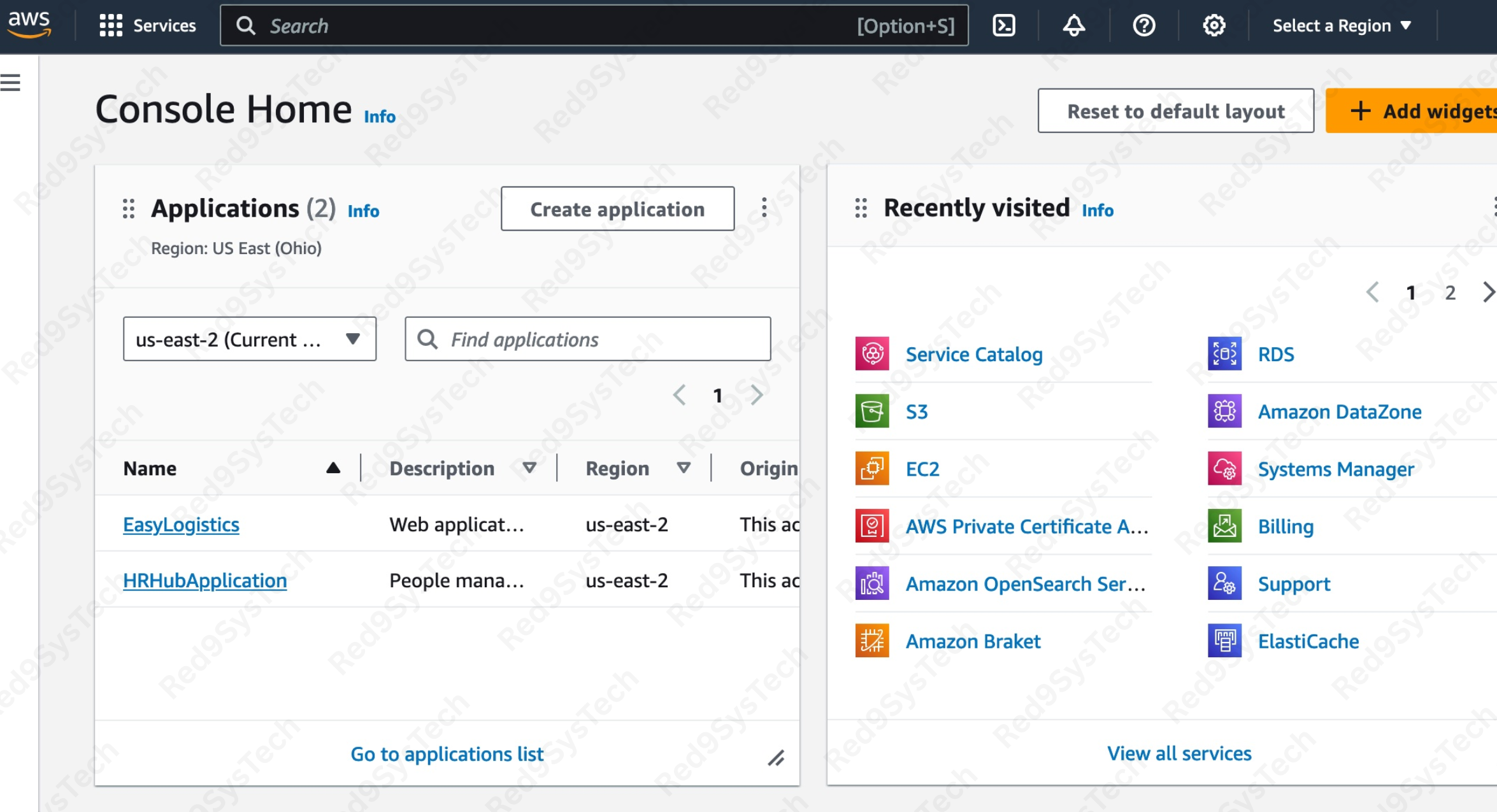
Microsoft Azure – Enterprise Integration King
Strengths:
Strong support for enterprises and Microsoft environments
Integrated with Active Directory, Windows Server, Office 365
Powerful hybrid tools: Azure Arc, Azure Stack
Expanding AI tools via Microsoft Copilot and Azure OpenAI Service
Weaknesses:
Slightly behind AWS in service breadth
Pricing can be confusing with Microsoft licensing
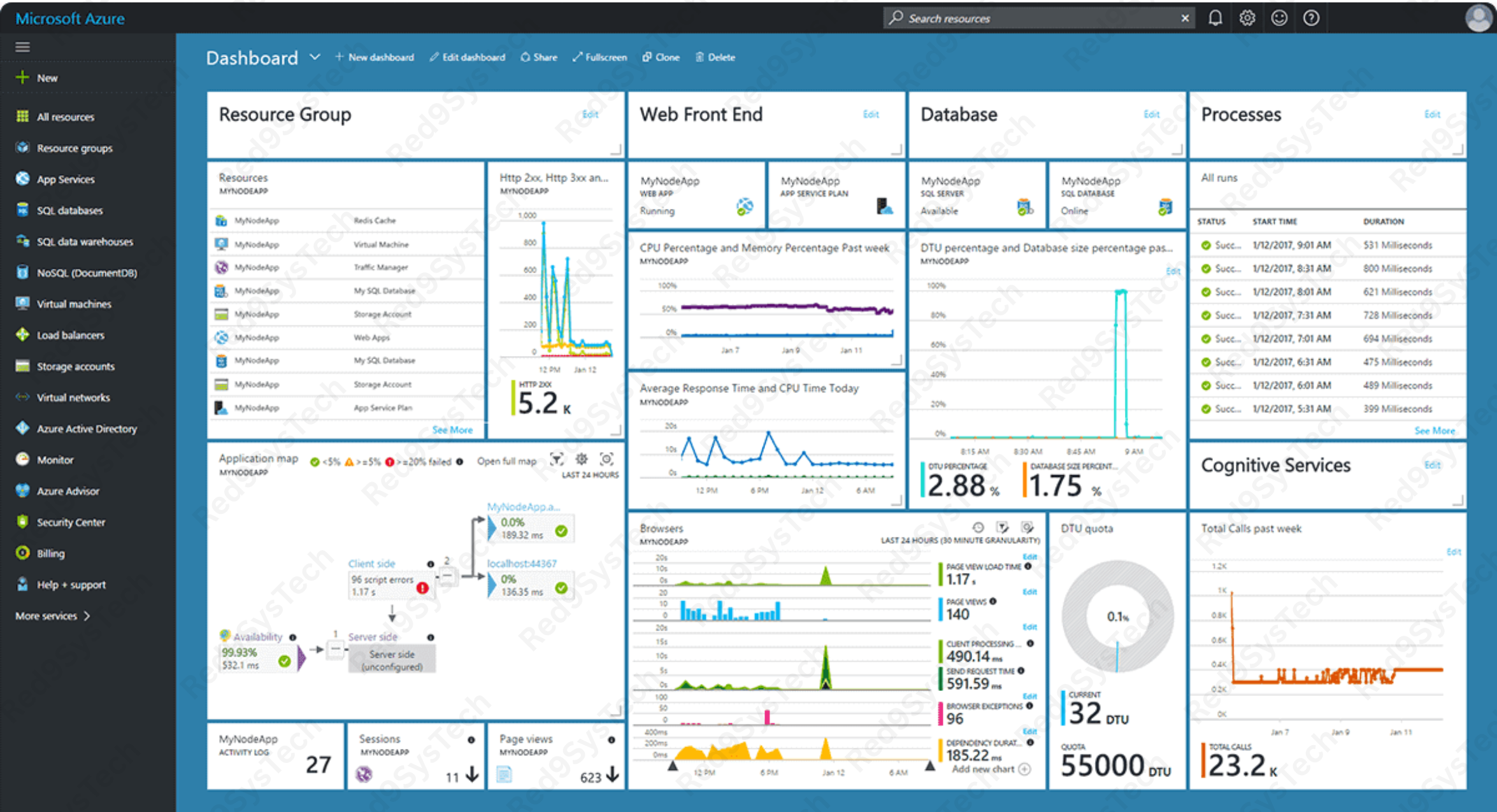
Google Cloud Platform (GCP) – AI-First Cloud
Strengths:
Industry leader in AI/ML and Big Data
Tools like BigQuery, Vertex AI, Anthos, and TPUs
Developer-friendly and clean UI
Strong Kubernetes and containerization support (Google invented Kubernetes)
Weaknesses:
Lower market share
Fewer global data centers than AWS & Azure
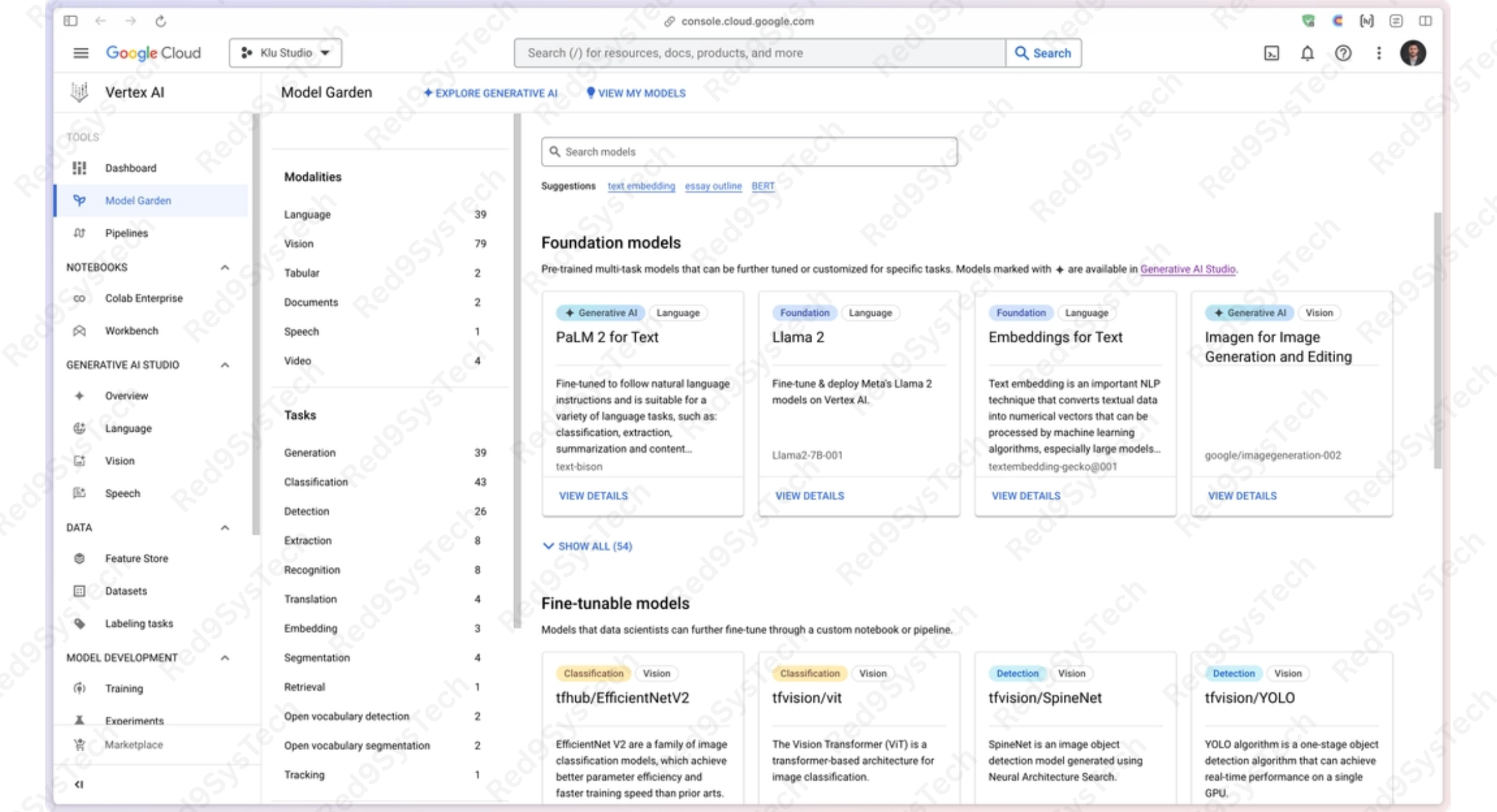
Head-to-Head Comparison – AWS vs Azure vs GCP (2025)
| Feature | AWS | Azure | Google Cloud |
|---|---|---|---|
| Market Share | #1 | #2 | #3 |
| AI/ML Capabilities | SageMaker, Bedrock | Azure ML, Copilot | Vertex AI, BigQuery |
| Pricing | Pay-as-you-go (complex) | Flexible with Microsoft deals | Transparent, per-second |
| Hybrid Support | Outposts, EKS Anywhere | Azure Arc, Azure Stack | Anthos |
| Security | IAM, GuardDuty, Inspector | Defender, Sentinel | BeyondCorp, Cloud Armor |
| Developer Tools | CodeWhisperer, Cloud9 | Visual Studio, Azure DevOps | Cloud Shell, SDKs |
| Sustainability | Net-zero target 2040 | Net-zero by 2030 | Carbon-free by 2030 |
Which Cloud Provider is Best for You in 2025?
Choose AWS if:
You need the broadest range of services
You’re running enterprise-level DevOps
You’re building scalable, global infrastructure
Choose Azure if:
You rely on Microsoft tools
You need enterprise-grade hybrid and compliance features
Choose Google Cloud if:
You’re an AI-first company
You need real-time analytics, containers, and ML services
Check our guide to AWS Cloud Computing Basics
Final Thoughts – The Future is Cloud-First and AI-Native
The cloud war is now more than just pricing and storage—it’s about AI, integration, security, and developer speed.
In 2025, businesses will benefit most by choosing cloud providers based on workload needs, compliance requirements, and AI readiness.



